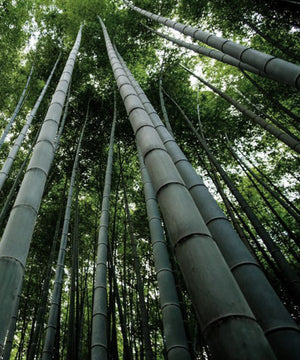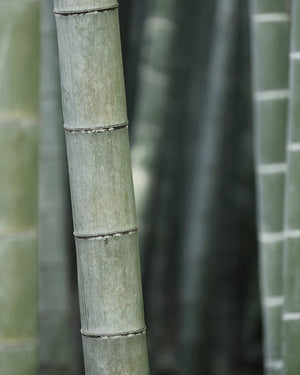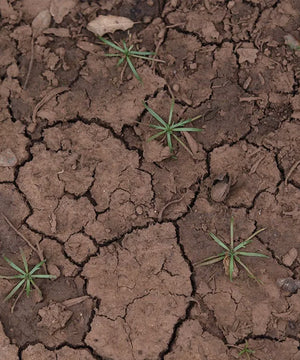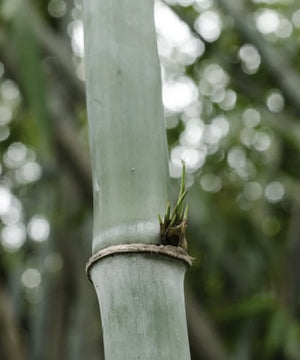Facts & knowledge about bamboo
Bamboo is a remarkable plant that grows quickly, is environmentally friendly and has a wide range of uses. From sustainable textiles to strong building materials, bamboo is gaining ground as a greener alternative. Here we delve into some facts about bamboo.

Facts about bamboo

Many different species

Where does bamboo grow?




